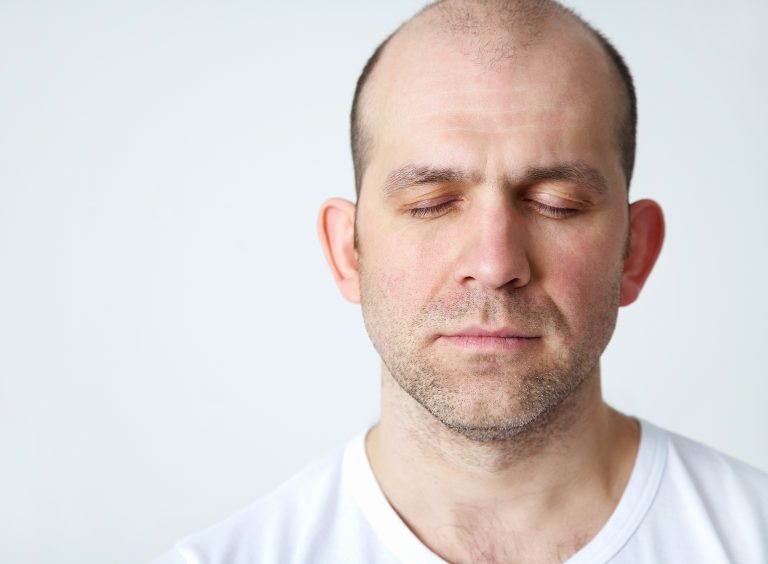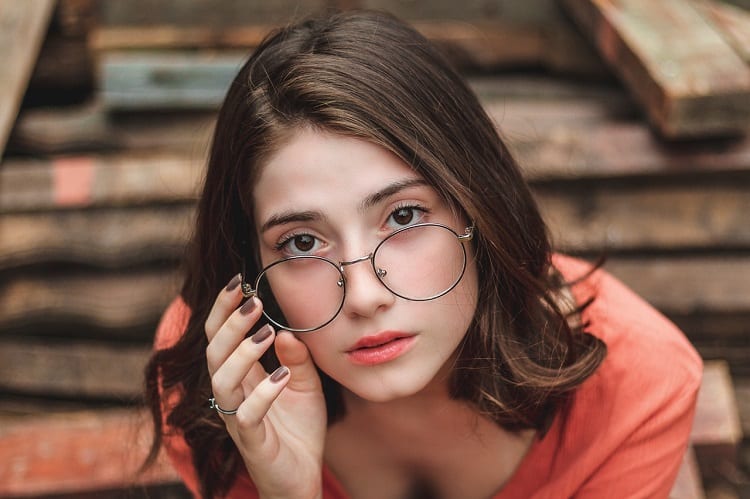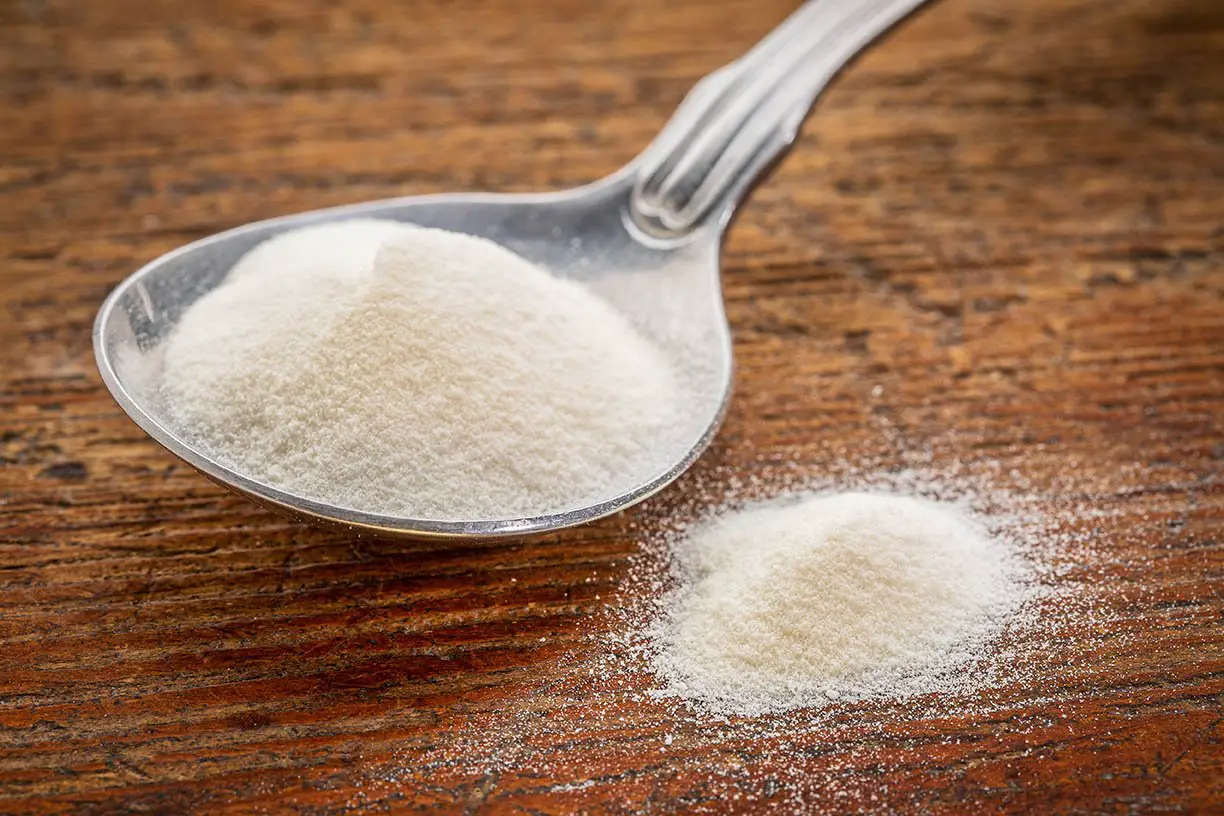
Page Contents
Does Rogaine prevent men from going bald?
This is what we’ll soon find out on this guide.
But you don’t have to worry yourself much if you have any signs of baldness and a receding hairline.
You must understand that most of us will undoubtedly experience baldness at some point – this is a common concern for most men (and women too) today.
According to the Cleveland Clinic:
However, if you’re more concerned about this, the first thing is to consult with a dermatologist to ensure your hair loss isn’t a sign of a severe health issue.
According to Dr. Marc Glashofer, a certified dermatologist specializing in hair loss:
An autoimmune disease, a thyroid disorder, a scalp issue, and even poor dieting could be making you look like Elon Musk in his 30s. But most hair loss is male-pattern baldness, also known as androgenetic alopecia, and fortunately, it’s just a symptom of aging.
Now, while there are many solutions to cover bald spots like the ones here, one question that’s always coming up on the internet is whether Rogaine can prevent men from going bald.
Let’s find out below:
Does Rogaine Prevent Men From Going Bald?

Yes! Rogaine is very effective at preventing men from going bald.
But don’t expect Rogaine to create luscious tresses; minoxidil is better at slowing or preventing more hair loss rather than stimulating hair growth.
According to Joshua Zeichner, the Director of Cosmetic and Clinical Research in Dermatology at Mount Sinai Hospital:
Rogaine is available over the counter as a foam or liquid to treat androgenetic alopecia (also known as male and female pattern baldness).
The active ingredient in this hair loss product has been confirmed to slow hair thinning and possibly regrow some of the hair, and although it can’t wholly (or forever) reverse male pattern baldness, it’s worth a try.
However, according to Dr. George Cotsarelis, a professor of dermatology at the University of Pennsylvania:
Rogaine does work, as shown by clinical studies, but only for some types of baldness and only if you continue with its application. However, it won’t work for everyone.
It is more effective “if used as recommended, with evidence of improvement seen around six to nine months,” as explained by Dr. Amy McMichael, professor at Wake Forest Baptist Medical Center’s Department of Dermatology.
Just massage the foam or liquid into your scalp once or twice per day, and for the best outcome, use a formula with a 5% concentration.
How Rogaine Works at Preventing Balding
While the active ingredient of action for minoxidil isn’t apparent, it’s believed to increase hair follicles and lengthen the hair growth phase.
Ideally, with more follicles in the hair growth phase, you’ll notice more hair coverage on your scalp.
Related Reading
Who Should Use Rogaine?

Rogaine is more effective in women with general hair thinning on the top of the scalp or for individuals with a hereditary type of hair loss at the vertex of their scalp. However, if you’re suffering from receding hairline or balding at the front of the scalp, then Rogaine is not for you.
Rogaine has been proven to work best in people below 40 years and for people who start applying it at the first hair loss. But it won’t help those who have already gone bald.
That said, don’t use Rogaine if the following does not apply to you:
- You’re below the age of 18
- Your hair loss happens suddenly and falls out in patches
- You don’t have any family history of hair loss
- Your hair loss is a result of chemicals, hair products, or hair grooming methods such as cornrowing
- Your scalp is itchy, red, or very painful to touch.
- Your hair loss is caused by another condition such as alopecia areata, thyroid disease, scarring of the scalp, nutritional deficiencies, or medications like chemotherapy.
Most importantly, if you have heart disease, consult your doctor before using Rogaine.
Side Effects of Rogaine
Rogaine is considered a safe treatment for baldness, but it does have some unserious side effects, including:
- Changes in hair color or texture
- Hair growth in adjacent locations, like your forehead
- Scalp irritation
Aside from the common side effects of Rogaine minoxidil above, it can also result in more severe side effects, though on rare occasions.
If you experience any of the following, see your doctor immediately:
- Chest pain
- Dizziness or faintness
- Sudden, unexplained weight gain
- Swelling of your feet or hands
When applying minoxidil, ensure none of it get in your eyes. If it does, rinse your eyes immediately with lots of cool tap water.
Finally, when you first start applying Rogaine for the first time, you might experience an increase in hair shedding for the first few weeks as your hair follicles eliminate old hair to make room for new growth.
Here’s how to use Rogaine to treat balding:
Conclusion
Rogaine is only effective for people with hereditary hair loss at the back and top of the scalp. And only about 60% of users in clinical studies had great results, so there’s a possibility of it not working for you at all.
However, see your doctor or dermatologist if you don’t notice any results after four months of twice-daily treatment.
Check out the top 3 hair loss products!







[…] …Rogaine will help you to develop healthier hair. […]
[…] Unfortunately, receding hairline is unavoidable for the majority of men as most male baldness is hereditary, so take a glance at your father or Grandfather and get a sense of how long you’ve got left with your luscious locks. […]